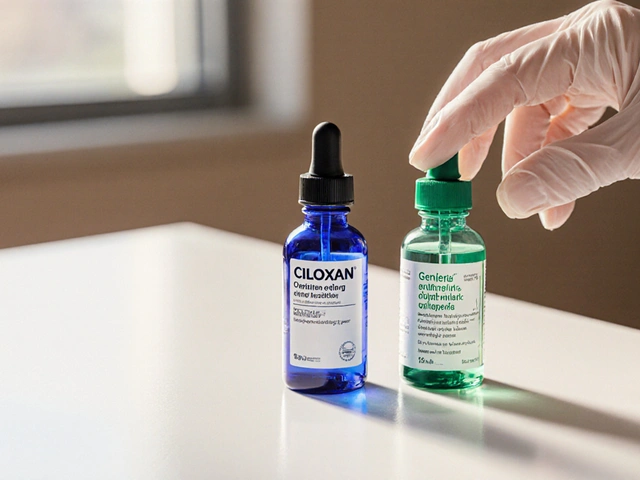Bacterial infections treatment: clear, practical steps
Antibiotics save lives — but misuse has made some bacteria hard to kill. Antibiotic resistance caused an estimated 1.27 million deaths in 2019, so treating infections the right way matters for you and everyone else. Below you’ll find straightforward advice on common infections, how doctors decide what to use, and how to get safe medication when you need it.
Common infections and how they’re usually handled
Not every sore throat or cough needs antibiotics. Here are the usual suspects and typical approaches your clinician might choose:
- Urinary tract infections (UTIs): For uncomplicated bladder infections, doctors often pick drugs like nitrofurantoin or trimethoprim-sulfamethoxazole based on local resistance patterns. If you’re in Australia, read our guide “Where to Safely Buy Nitrofurantoin Online: A Guide for Aussies.”
- Skin and soft tissue infections: Minor cellulitis is often treated with oral beta-lactams (cephalexin or flucloxacillin where available); more complicated cases need culture and sometimes IV antibiotics.
- Strep throat and some ear infections: These commonly respond to penicillin or amoxicillin, but a test (rapid strep test or throat culture) helps confirm the need.
- Bacterial vaginosis and anaerobic infections: Metronidazole (Flagyl) is common, but there are solid alternatives; see our articles “Flagyl Alternatives” and “Best Metronidazole Alternatives.”
How to get safe, effective treatment
Want the best outcome with the least harm? Do this: see a clinician for diagnosis, get tests when advised (urine or wound culture), and take the exact drug your provider prescribes. If culture results come back, doctors may switch to a narrower antibiotic that targets the bug specifically.
A few practical rules: don’t pressure your doctor for antibiotics if tests point to a virus; tell them about drug allergies; report side effects like severe rashes or breathing problems right away. Follow the prescribed dose and duration — modern guidelines often recommend the shortest effective course, so follow what your prescriber says rather than a generic rule.
If you’re buying medicine online, be careful. Use a licensed pharmacy that requires a prescription, avoid vendors offering controlled discounts on prescription antibiotics, and check customer reviews. Our site has detailed posts to help, including “Exploring 7 Effective Alternatives to Augmentin” and “Where to Safely Buy Nitrofurantoin Online.”
Preventing infections lowers the need for antibiotics: keep vaccinations up to date, wash hands, care for wounds promptly, and practice safe food handling. If symptoms are severe — high fever, fast heartbeat, confusion, difficulty breathing, or signs of spreading infection — get urgent medical care.
Questions about a specific drug or situation? Read the linked articles on this tag or talk to your healthcare provider — they can give advice that fits your health history and local resistance patterns.

Amoxil may not always be suitable for everyone due to allergies or resistance, necessitating the exploration of alternatives. Various antibiotics such as Augmentin, Zithromax, and Cephalexin serve as potential substitutes, each with unique benefits and drawbacks. Some alternatives offer enhanced activity against resistant bacteria or cater to those with specific allergies. Understanding these alternatives helps in choosing the best treatment for different bacterial infections. This article delves into several effective substitutes, their pros and cons, and provides a comparison to assist in informed decision-making.






